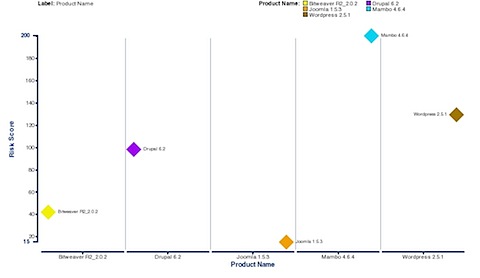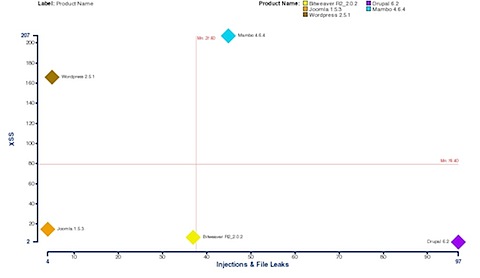Unfortunately, the blackout period for the DNS issues has been broken. The exploit details have been made public and have been in the wild for a number of hours. While the security researchers involved have tried to remove the details and analysis, Google had already cached the site and the details are now widely known.
Please patch IMMEDIATELY if you have not already done so!
If you can not patch your existing DNS product, please switch to a patched public DNS (for Internet resolution) or deploy OPENDNS as soon as possible.
Here is a quick and dirty plan of action:
1. Catalog the DHCP Servers you use on the Internet and internally. Be sure you check all branch locations, firewalls and DHCP servers to ensure that you have a complete picture. If you find any Internet facing DNS with recursive enabled, disable it ASAP!
2. Verify that each of these DNS implementations are patched or not vulnerable. You can check vulnerability by using the “Check DNS” tool at Mr. Kaminski’s page, here.
3. Test the patch and get it implemented as quickly as possible.
4. Note that you may have to upgrade firmware and software for firewalls, packet filters and other security controls to enable them to understand the new DNS operations and keep them from interfering with the new way that DNS “acts”.
Please note that the exploit for this cache poisoning attack in now public and exploitation on a wide scale could already be underway. PATCH AS SOON AS POSSIBLE!
Symptoms to look for include:
Vulnerability: unpatched and non-random source ports for DNS query responses.
Exploit: check for a large number of non-existent subdomains in your DNS records (or subdomain requests in your logs) if you are an authoritative DNS for a domain, attackers will be poisoning the cache with subdomain records at least according to some researchers.
If you have questions or concerns, please contact MSI for more information or assistance.
Updates to our DNS paper and other details will be released soon, so check back with stateofsecurity.com for updates.


